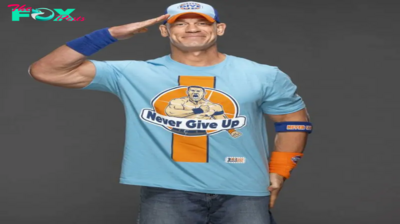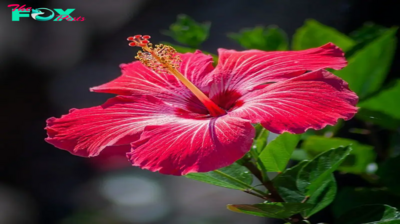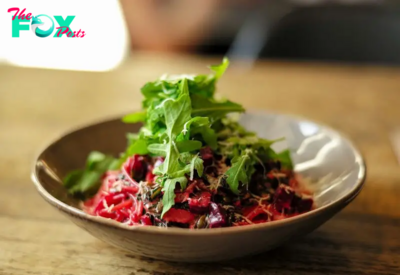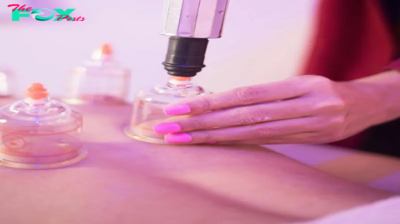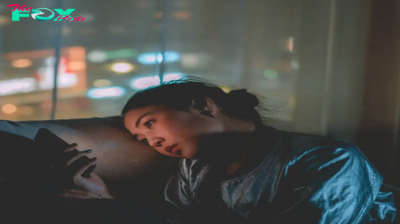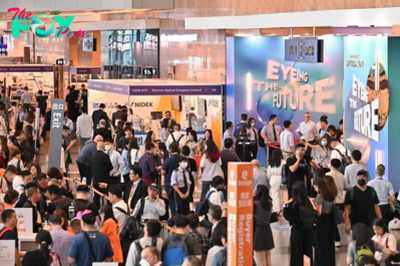Health
Dr Lisa Chan and Dr Victoria Belo Share Secrets of the Skin
Doctors Lisa Chan of Hong Kong and Victoria Belo from the Philippines explain why aesthetic treatments are no longer taboo and how Asians can best take care of their appearance.
Why do you think aesthetic treatments are a form of wellness and self-care?
Victoria Belo: I developed bad cystic and comedonal acne when I was 11 years old. I went to the best dermatologists every week, but it never got cured. At 11 I vowed that I’d find the cure to acne. My thesis in college was a study on how looks affect earning capacity. It showed that an attractive physical appearance raised earning capacity. Also, physically attractive people tend to be happier and more self-confident.
Lisa Chan: Aesthetic treatments can significantly boost people’s confidence and self-esteem by improving their self-image. They’ve been a Game-changer for my own confidence as well as my overall well-being and mental Health.
How has the public perception of aesthetic treatments changed over the years?
VB: I’ve been in practice for 34 years now. In the first 20 years no one would admit to doing any aesthetic procedures. It was a big secret. Now, some patients even post about it on social media – their nose journey or lipo journey.
LC: Historically, aesthetic procedures have been stigmatised as a form of vanity, superficiality or even insecurity. As procedures have become more mainstream, thanks to the rise of social media and celebrities openly discussing what they’ve done, many people now view aesthetic treatments as a form of self-care and a way to address personal concerns, or even express their individuality and aesthetic sense.
Are more men getting work done these days?
VB: More men are definitely coming in for acne, hair concerns, blepharoplasties and botulinum toxin.
LC: Yes, there’s definitely a shift towards fluidity and inclusivity when it comes to gender norms and beauty standards, as well as a greater emphasis on self-expression and individual preferences. Men are also increasingly facing societal pressure to maintain a youthful, fit, and attractive appearance, particularly in competitive professional and personal arenas.

How has the field of aesthetics become more approachable and widely accessible?
VB: In the Philippines there are now many aesthetic clinics. When I first started my practice in 1990, I introduced lasers to the Philippines when other dermatologists would say that lasers burn their brains. I introduced Botox and other dermatologists would say that I was killing people with botulinum toxin. These days businessmen have entered our medical profession, funding and running the clinics and even hiring the aesthetic physicians.
LC: There are now less invasive, more effective, safer and quicker options such
as laser therapies and injectables at more affordable prices compared to years ago. This has made aesthetics more accessible to individuals across various income levels. The increased visibility regarding aesthetic treatments, together with the improvement in regulatory frameworks and industry standards, have further increased public trust and confidence.
What are the biggest mistakes people make when exploring aesthetic treatments?
VB: Some wrong reasons for doing aesthetic treatments include trying to win back a spouse or thinking these treatments will cure their depression.
LC: Be careful about what you see on social media. There are often demonstrations of “innovative” treatments or injections that can be potentially dangerous and lead to a lot of confusion and unrealistic expectations. Patients may see these flashy marketing campaigns and assume that the latest “miracle” treatment will transform their appearance overnight, without understanding the nuances and limitations of the actual procedure. Another issue is when patients fail to disclose their complete medical History including allergies, medications or previous surgeries, which are critical towards devising a safe and effective treatment plan.
What are the most popular aesthetic treatments in the market currently?
VB: Most popular are exosomes, non-surgical lifting devices with skin boosters, acne treatments and removing hyperpigmentation. Surgically, I would say rhinoplasties, liposuction and blepharoplasties.
LC: There’s a trend towards natural beauty and minimally invasive treatments: “glass skin” approaches using energy-based devices and targeted hydrating products without excessive injectables or fillers, lifting treatments using radiofrequency, focused ultrasound, HIFES and lasers.
Which treatments are Hong Kongers and Filipinos particularly fond of?
VB: Asian skin doesn’t wrinkle as fast as Caucasian skin. Instead, Asian skin tends to sag. Because of this, many Filipinos tend to gravitate towards energy-based lifting treatments like microfocused ultrasound, monopolar radiofrequency and HIFU. My new favourite treatment is a patented combination of synchronised radiofrequency and the HIFES technology which targets the facial muscles. The face is the only body part wherein the muscle is directly connected to the skin. If the muscles aren’t strong enough, the skin will keep sagging. This is why many people love this treatment, as it makes any skin-lifting treatment last longer and have even better effects. Aside from machines, Filipinos also love biostimulators like skin-remodeling hyaluronic acid injections, exosomes, PDRN and PN.
LC: Patients in Hong Kong have a strong preference for natural results that are subtle and harmonious, so non-surgical approaches such as fillers and botulinum toxin are more favoured over more invasive surgical treatments. Improving skin texture and luminosity is also a concern for many, so treatments such as laser resurfacing, microneedling radiofrequency and chemical peels are also in demand.

Which new treatments are you excited about?
VB: I super love exosomes. HIFES technology is proving to be such a game changer for me because by lifting the muscles of the face I get more long-lasting results which look natural. And after 34 years in practice, I’m more excited than ever to be opening a new clinic Nexa, that will bring Belo to the next level. We’ve realised the importance of not just looking younger but feeling younger as well – think stem cells, hormonal balance, peptides, intravenous lasers, cold plunges and hyperbaric oxygen therapy.
LC: I’m really excited about all the lifting devices with new technologies – HIFES, electromagnetism and multi-wavelength lasers – that can help target different concerns in a safer and more effective way than before, with less pain and downtime.
What are the pros and cons of Asian skin types?
VB: Starting with the cons, Asian skin can be very unstable. There are tendencies for this skin type to hyper pigment or hypo pigment very quickly. As for the pros, Asians age slower than Caucasians because we have thicker skin. Our dermis has more collagen and can produce more melanin, which helps slow the aging process, especially against the sun.
LC: Asians tend to have a denser dermal skin layer with more collagen-producing fibroblasts, so we’re slower to develop wrinkles and often look younger than our age. On the flip side, Asian skin types generally have a higher concentration of melanin. This can make Asian skin more prone to developing post-iNFLaMMAtory hyperpigmentation after even minor skin injuries, as well as other forms of uneven pigmentation, such as melasma and age spots.
Besides treatments, what else do you think is the secret to a youthful appearance?
VB: Machines and injectables can only go so far. More important than all of this is a positive outlook on life – to live with energy and vitality and a heart full of gratitude. Exercise is also key in anti-aging and a body that moves stays young. Sleep is also so important for natural repair and healing.
LC: A holistic approach to skin health is crucial, beyond just aesthetic treatments. This includes a personalised skincare routine with proper cleansing, moisturisation and sun protection. Diet, wellness practices like exercise and mindfulness, adequate sleep and cultivating a positive mindset also play significant roles.
Dr Victoria Belo founded Belo Medical Group in 1990 and now serves as its CEO and Medical Director. She obtained her Bachelor of Science from the University of the Philippines-Diliman and completed her Degree of Medicine and Surgery at the University of Santo Tomas. She later got her Diploma in Dermatology from the Institute of Dermatology in Bangkok, furthering her studies in Dermatologic and Laser Surgery at Harvard Medical School in Boston, and at St Francis Memorial Hospital in the University of California in San Francisco.
-

 Health3h ago
Health3h agoThe Surprising Benefits of Talking Out Loud to Yourself
-

 Health4h ago
Health4h agoDoctor’s bills often come with sticker shock for patients − but health insurance could be reinvented to provide costs upfront
-

 Health10h ago
Health10h agoHow Colorado is trying to make the High Line Canal a place for everyone — not just the wealthy
-

 Health20h ago
Health20h agoWhat an HPV Diagnosis Really Means
-

 Health1d ago
Health1d agoThere’s an E. Coli Outbreak in Organic Carrots
-

 Health1d ago
Health1d agoCOVID-19’s Surprising Effect on Cancer
-

 Health2d ago
Health2d agoColorado’s pioneering psychedelic program gets final tweaks as state plans to launch next year
-

 Health2d ago
Health2d agoWhat to Know About How Lupus Affects Weight
